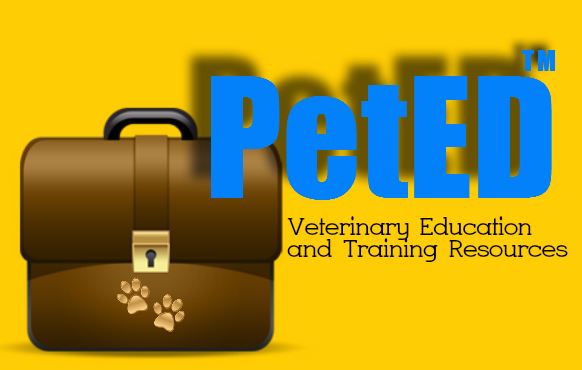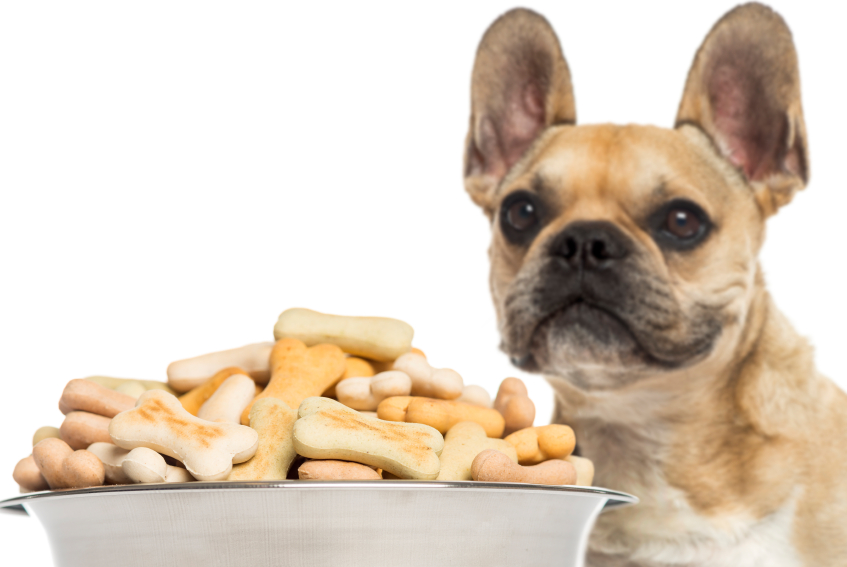Kara M. Burns, MS, MEd, LVT, VTS (Nutrition)
Academy of Veterinary Nutrition Technicians
We have talked about getting an accurate weight and body condition scoring (BCS) our pets. We have even taken an in-depth nutritional history – but now what? Planning a successful weight management program takes time. We must take into account each individual pet. The ‘one program fits all’ approach will not work when trying to reduce Fido’s weight. To be successful, the weight management program should be as consistent as possible and include the following:
- patient monitoring
- effective client communication
- identification of compliance gaps
- utilization of tools to reinforce compliance
- client and patient support
- re-evaluation
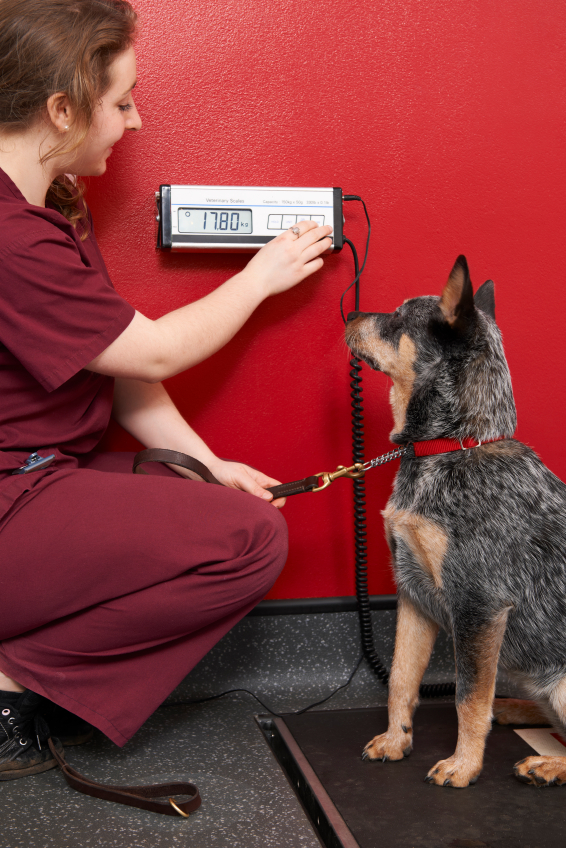 The healthcare team needs to set a goal for weight loss and calculate the appropriate energy intake. To do this we need to first determine the pet’s ideal body weight. Having the pet reach their ideal body weight is the overall goal of the program! It is important to determine the number of daily calories that will result in weight loss while providing adequate protein, vitamins and minerals to meet the pet’s daily energy requirement (DER). The DER reflects the pet’s activity level and is a calculation based on the pet’s resting energy requirement (RER).
The healthcare team needs to set a goal for weight loss and calculate the appropriate energy intake. To do this we need to first determine the pet’s ideal body weight. Having the pet reach their ideal body weight is the overall goal of the program! It is important to determine the number of daily calories that will result in weight loss while providing adequate protein, vitamins and minerals to meet the pet’s daily energy requirement (DER). The DER reflects the pet’s activity level and is a calculation based on the pet’s resting energy requirement (RER).
There are a couple of basic formulas that all veterinary healthcare team members should memorize or have on laminated note cards in every exam room – along with a calculator! The most accurate formulas to determine the RER for a cat or a dog are:
RER kcal/day = 70(Ideal Body Weight in Kg)0.75
or
RER kcal/day = (kg x kg x kg, √, √) x 70
Remember, most basic calculators and smartphones have the square root function, so the second formula is actually quite easy to use in everyday practice!
The calculation above will provide us with the patient’s RER. To obtain the DER, multiply the RER by ‘standard’ factors as related to energy needs. The calculations used to determine energy needs for obese prone pets or for pets needing to lose weight are:
Obese prone dogs DER = 1.4 x RER
Weight loss/dogs DER = 1.0 x RER
Obese prone cats DER = 1.0 x RER
Weight loss/cats DER = 0.8 x RER
Gathering the above information takes only a few minutes and is the foundation for developing a weight loss program that includes:
1) Target weight or weight loss goal
2) Maximum daily caloric intake,
3) Specific food, amount of food and method of feeding.
The program should also include specific protocols for monitoring the pet’s weight (schedule these before the client leaves and send reminder cards), adjusting the pet’s energy intake accordingly, and exercise guidelines/suggestions. There are many ways for an owner to get their pet active – so let’s talk about getting pet’s exercising with their owners!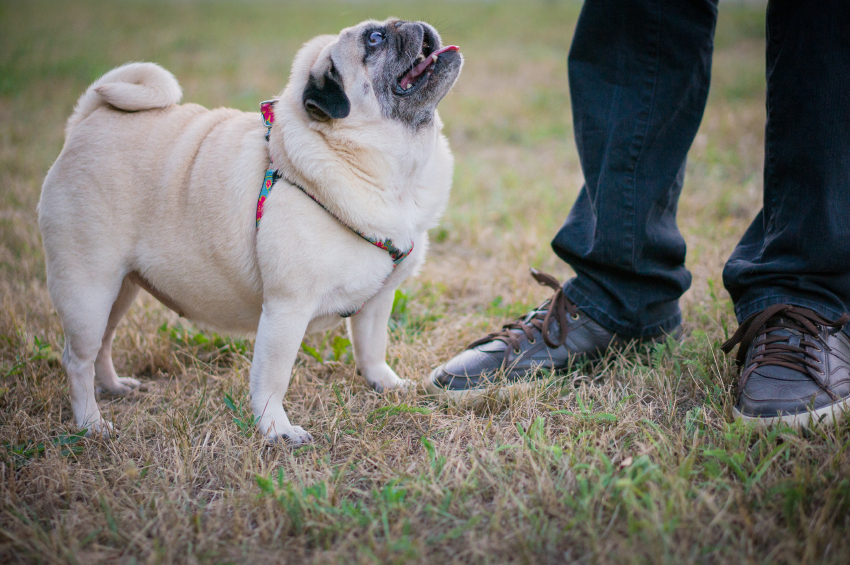
Again each pet and pet parent is different, so the exercise plan must be tailored to that pet and pet parents’ lifestyle. It can and should start simply – for example, have the owner walk their dog to the end of the driveway. Starting to play with interactive toys with their cat for a few minutes a day would be a great way to begin to get cats more interactive and exercising. Educate the pet parent to build up the distance and time spent exercising – gradually. If the owner is excited and takes the dog on a 3 mile walk on the first day, the dog may tire easily and the owner may find this frustrating and not want to walk with their dog again. Remember to advise owners that exercise needs to begin in moderation. This will lead to a more successful outcome and fewer frustrated pet owners.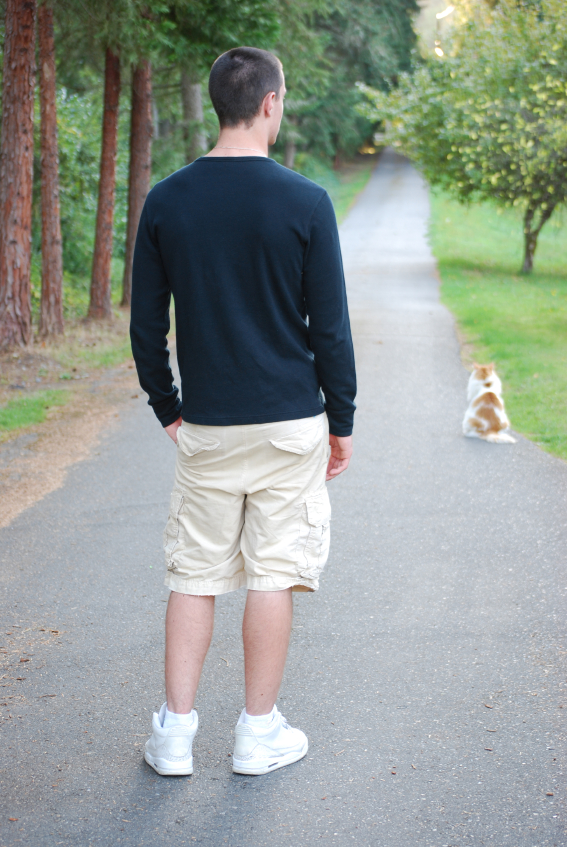
There are several specific recommendations that support a successful weight loss program including:
1) feeding consistency including feeding the pet from it’s designated dish only
2) insure the use of an 8 ounce measuring cup
3) recommend the appropriate weight loss food
4) calculate the initial feeding amount
5) discuss total energy intake and extra treats = extra energy and calories
– make appropriate recommendations and adjust the caloric intake
6) encourage client’s to feed their pet’s separately if possible
7) recommend appropriate exercise for the pet
8) offer suggestions on ways to reward or bond with pets – other than food
9) evaluate, adjust, communicate, and encourage on a consistent basis
10) Celebrate success
The American Animal Hospital Association (AAHA) along with a team of veterinarians and board certified veterinary nutritionists developed the Weight Management Guidelines for veterinary practices in early 2014. To download these guidelines visit www.aahanet.org. This website also provides a toolkit for working with overweight pets and their owners.
Successful weight management begins with recognition of the pet being overweight or obese and that this is a disease. The healthcare team must communicate the serious effects that even a few excess pounds can have on the health and longevity of their pet’s lives. Weight management should be a cornerstone wellness program in every clinic. Fido really can be fluffy and not fat!
Resources for readers –
This is part 2 of a 2 part series on Obesity in small companion pets by Ms Burns. *If any of this information was useful or you would like to see similar content, “LIKE” the Pet ED Veterinary Education and Training Resources Facebook page and subscribe on the HOME page of the PetED website to receive upcoming newsletters and news.
